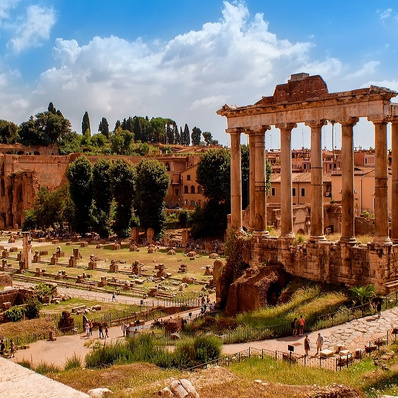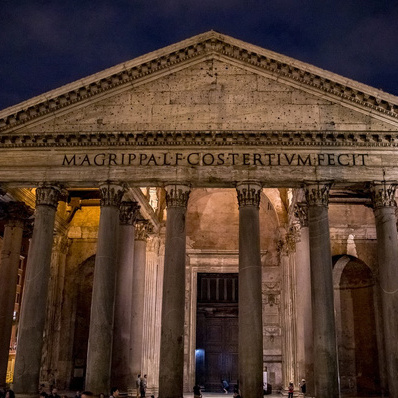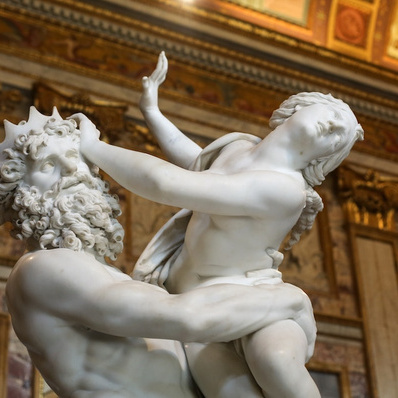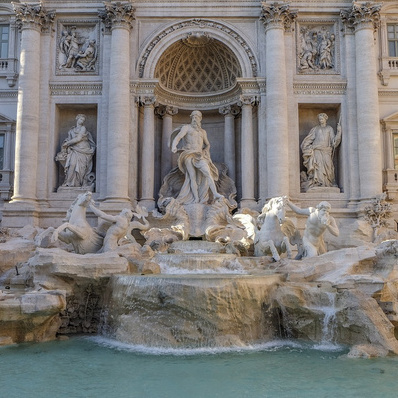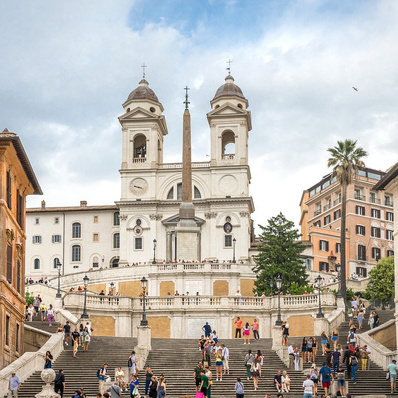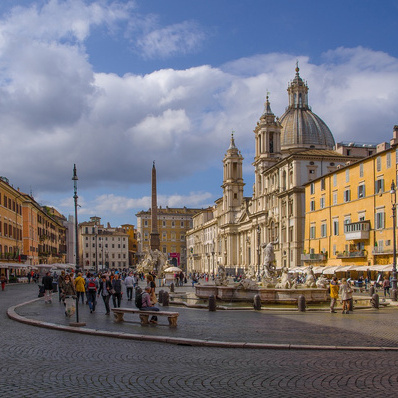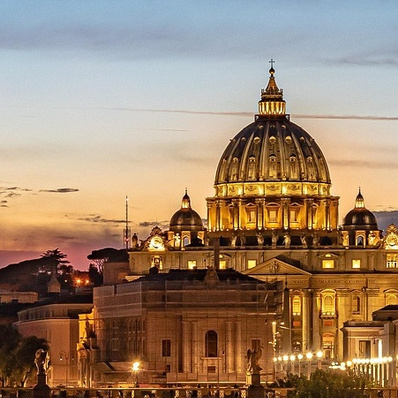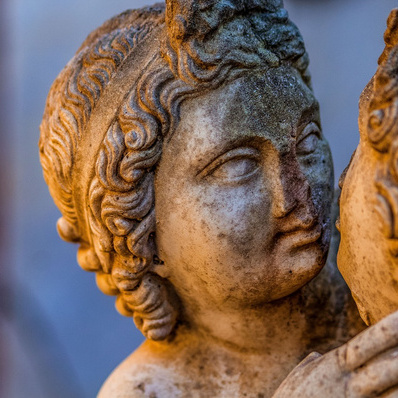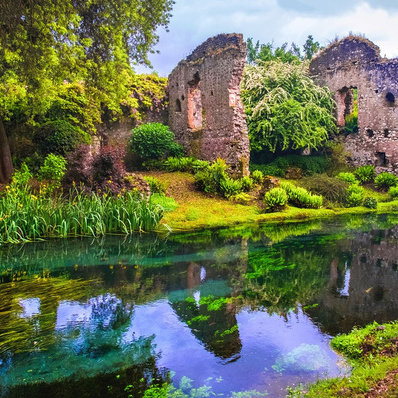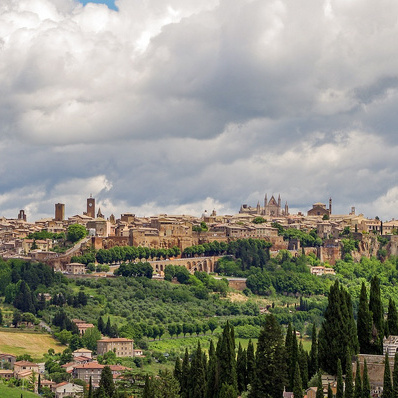Be sure not to miss some of Rome's top attractions
Rome is such an ancient and dense place that prioritising which attractions to visit can be an overwhelming task. If you are extending your time in Rome or joining as an accompanying person, here are some ideas to consider.
Rome boasts an abundance of iconic landmarks and historic sites that are must-sees for visitors—some of these sites should be reserved well in advance if you want to guarantee entry—to play it safe, reserve 6-8 weeks in advance.
Click on the images to find out more.
Venture further afield
While in Rome, why not extend your stay and venture beyond the city to discover nearby charming towns and countryside?
Click on the images below to find out more.


